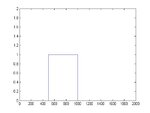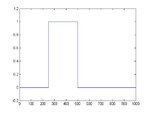rakeshKM
Newbie level 4
well ,I am about to design a broadband beam former. so I am curious,is it possible to create broadband signal of continuous frequency for a particular bandwidth. If no ,what is the best way to do so ?
Follow along with the video below to see how to install our site as a web app on your home screen.
Note: This feature may not be available in some browsers.

